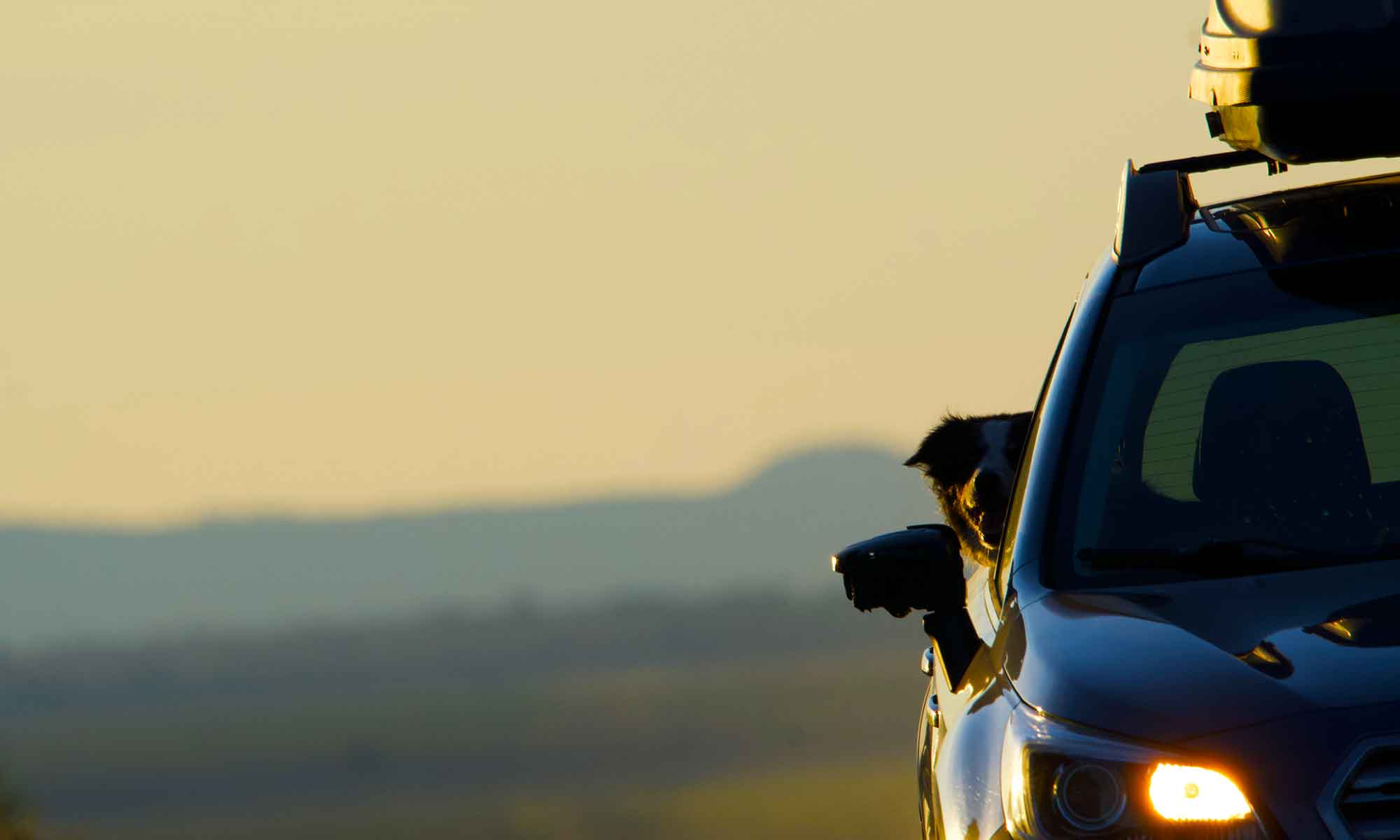
The Ochoco National Forest runs from the Crooked River Grasslands and west of Prineville to the John Day Fossil Beds, bisected by Highway 26.
In the middle of this beautiful forest is Big Summit Prairie with it’s abundance of wildflower species.

Heavy winter snows and a wetter than normal spring have provided an especially lush understory.
The added moisture likely enhanced this year’s crop of wildflowers scattered throughout numerous open meadows .

We drove a loop; out of Prineville on 26 to USFS 42 and then up into the Ochoco National Forest.
The headwaters of the Crooked River’s North Fork are in these hills.
We don’t get quite that far south, instead we turned east at Walton Lake, around Lookout Mountain and along one side of Big Summit Prairie.



We stopped to picnic at the edge of the prairie and shot more flower pictures.
The forest on this side of 26 (south) is a mix of meadows and second growth pines.
Later in the summer the understory will dry out and the grasses will brown, but today it’s all a lush green.
The Ochoco north of 26 is rock hounding country, still pine trees, but more juniper and the understory is lava outcrops, and cinder cones. That trip involves a very different type of hunt, maybe next week.

We meet back up with 26 near Ochoco Pass and head back down into Prineville. This network of forest roads will require more exploring, but for today we’ve enjoyed the drive and gotten lots of good images.














 We don’t plan to leave the field guides at home, but when you’re looking for a spot to explore this is a great site. It takes the guess work out of planning where and when the blooms are. There are still a lot of “early bloom” locations to check out, so we’ve been updating the calendar.
We don’t plan to leave the field guides at home, but when you’re looking for a spot to explore this is a great site. It takes the guess work out of planning where and when the blooms are. There are still a lot of “early bloom” locations to check out, so we’ve been updating the calendar.
















 Its been a successful shoot. I’m pretty psyched at finding a cactus.
Its been a successful shoot. I’m pretty psyched at finding a cactus.